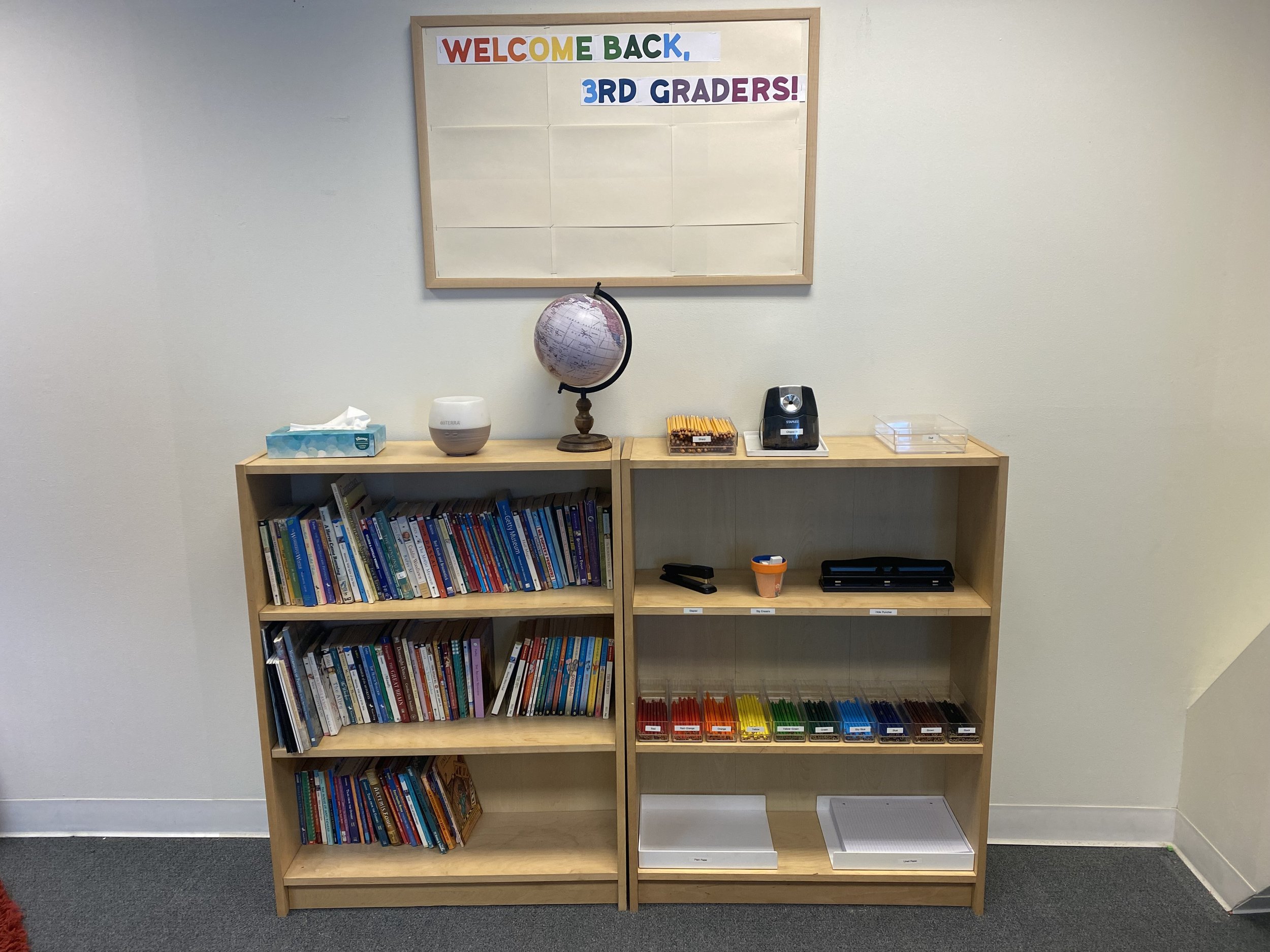Each year on the first day of literature class, I teach my students a poem. Poetry, with its elegance, efficiency, and (at least the ones I choose for this purpose) brevity, makes for an excellent beginning because it shows the students, in just forty minutes, a sample of everything they have to look forward to in literature class.
A well-chosen poem will be one that is thematically accessible to the students in a given class. I typically do not worry too much about complicated vocabulary words in poetry, because definitions can be explained easily. But, if a poem’s main idea is just completely outside of the students’ understanding, that’s a recipe for disaster. So, for example, I will be teaching the third graders Shakespeare’s poem (it’s actually a song from As You Like It) called “Under the Greenwood Tree.” The meaning behind this poem is simple and lovely: the desire for a friend who is happy with simple joys, like singing along with birds while lying under a tree. The students can access this desire easily—they’ve all had something like it. And, words like “doth” and “hither” might look strange at first, but they are easily explained.
When the thematic level of a poem is aimed just right, it is supremely motivating for children. The ideal “level” would be just outside of what the child would consider “easy,” so they are encouraged to strive for the true meaning. Without the sensation of striving for the proper meaning of the poem, students will just smile and nod along at what they already understood before I started talking. But, when they see that they can strive for something difficult and succeed, it makes them want more. And, it makes them love the piece of art that showed them they could do it. I hope that my 3rd graders will feel an attachment to “Under the Greenwood Tree” for this reason. And, I think they will.
Poetry, more efficiently than any other type of literature, puts us in touch with our humanity and lends increased meaning to our life experiences. And, isn’t that what we also turn to novels, short stories, and other forms of literature for? By luring my students in with a beautiful, motivating poem on the first day, I get them excited, not just about the poem itself or poetry as such, but about literature in general, and what they might gain from it. They come to class the next day excitedly asking, “What’s next?”
And, it’s my job to keep them asking that same question every day until June. Each year, I begin that beautiful and necessary process with poetry.
Under the Greenwood Tree
by William Shakespeare
Under the greenwood tree
Who loves to lie with me,
And turn his merry note
Unto the sweet bird's throat,
Come hither, come hither, come hither;
Here shall he see
No enemy
But winter and rough weather.
Who doth ambition shun
And loves to live i' the sun,
Seeking the food he eats,
And pleased with what he gets,
Come hither, come hither, come hither:
Here shall he see
No enemy
But winter and rough weather.
If you’re interested, I am including some pictures of my classroom below, all spiffed up for the new school year. I made some pretty big changes in there over the summer, and I’m happy with how it turned out.
The view from the back of the room
The view from the front of the room
My collection of folklore, some of my poetry books, and the books for the 3rd grade literature curriculum.
The math supply shelf and the reading area
Free reading library and supply shelf
The teacher caffeination station :)
Every year I print out bookmarks for my students to accompany our literature books. I have at least one bookmark design for most of the books I teach at this point.






